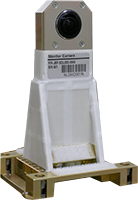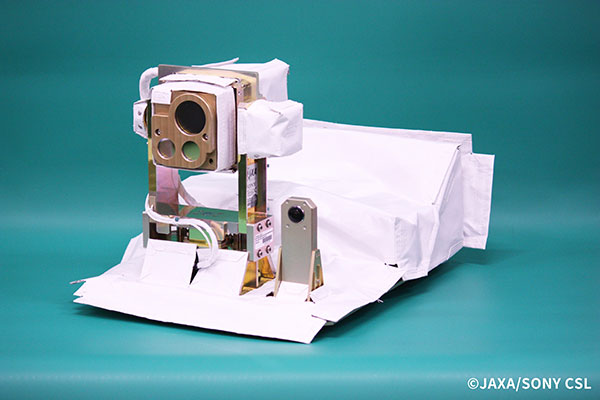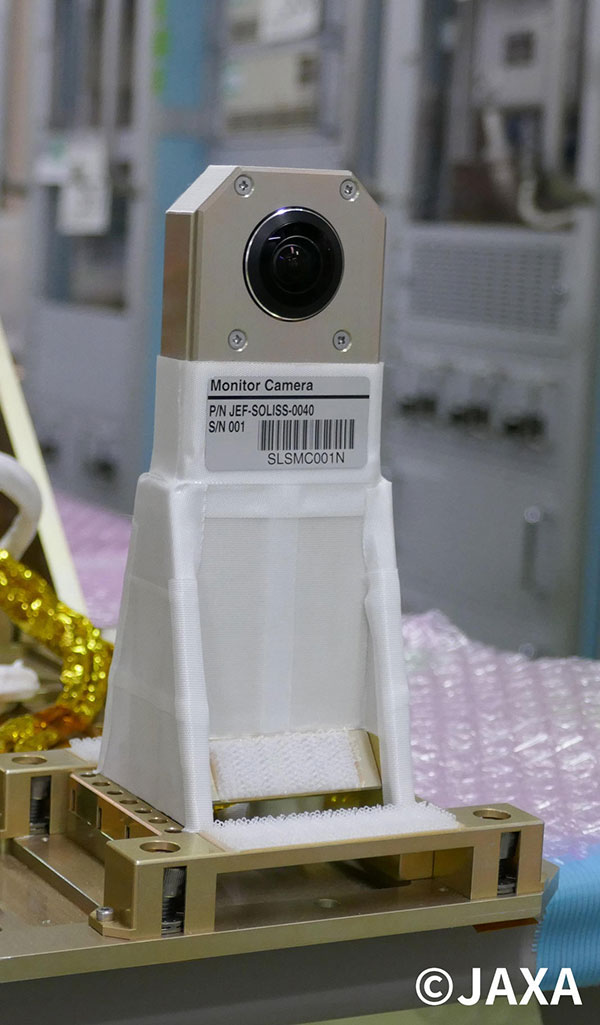Theta in space: Ricoh partners with JAXA for out-of-this-world spherical panos
posted Wednesday, September 11, 2019 at 8:25 AM EDT

Ricoh has developed a strong reputation for itself in the 360-degree camera market. Since the 2013 CP+ show in Japan, when the company first showed off a prototype of what would become its Theta 360-degree spherical panoramic camera, it has launched numerous followup models. It's added video capture, improved image quality and storage, upped the video resolution to 4K, and even added high dynamic range and raw capture support.
In the most recent Theta Z1 model, the company has switched to a much larger 1-inch image sensor format and added a four-channel microphone. But an upcoming Ricoh Theta launch is going to blow all of these away for sheer coolness. It's not a launch in the sense of a new product announcement, though, but rather one which will power a custom Ricoh Theta-series camera past the Kármán line and into outer space!

Through a partnership with JAXA, Japan's equivalent of NASA, a newly-developed Ricoh Theta camera based on the company's consumer 360-degree camera line will be mounted on a JAXA / Sony-developed module called SOLISS, the Small Optical Link for International Space Station. And as its name would suggest, that module will in turn be mounted on the Japanese Experiment Module on the International Space Station, where it will be used to develop a real-time, laser-based mass-data communication system that could allow both for inter-satellite communications and comms with ground stations too.
The custom Ricoh Theta camera mounted on SOLISS will be used to monitor SOLISS' biaxial gimbal, and was scheduled to be launched on the unmanned H-II Transfer Vehicle "Kountori-8" yesterday, although that launch had to be scrubbed due to a fire on the launch pad, and a new launch date has yet to be determined.

Compared to the standard Theta camera, the space-oriented version has modifications aimed at withstanding both heat and radiation that the device can expect to be subjected to. Dimensions are just a touch smaller on each axis than the current flagship model, the Ricoh Theta Z1.
More information on the Kountori-8 mission can be found here. For more info on Ricoh's current Theta-series camera lineup, read our previews of the Ricoh Theta Z1, Theta V and Theta SC.